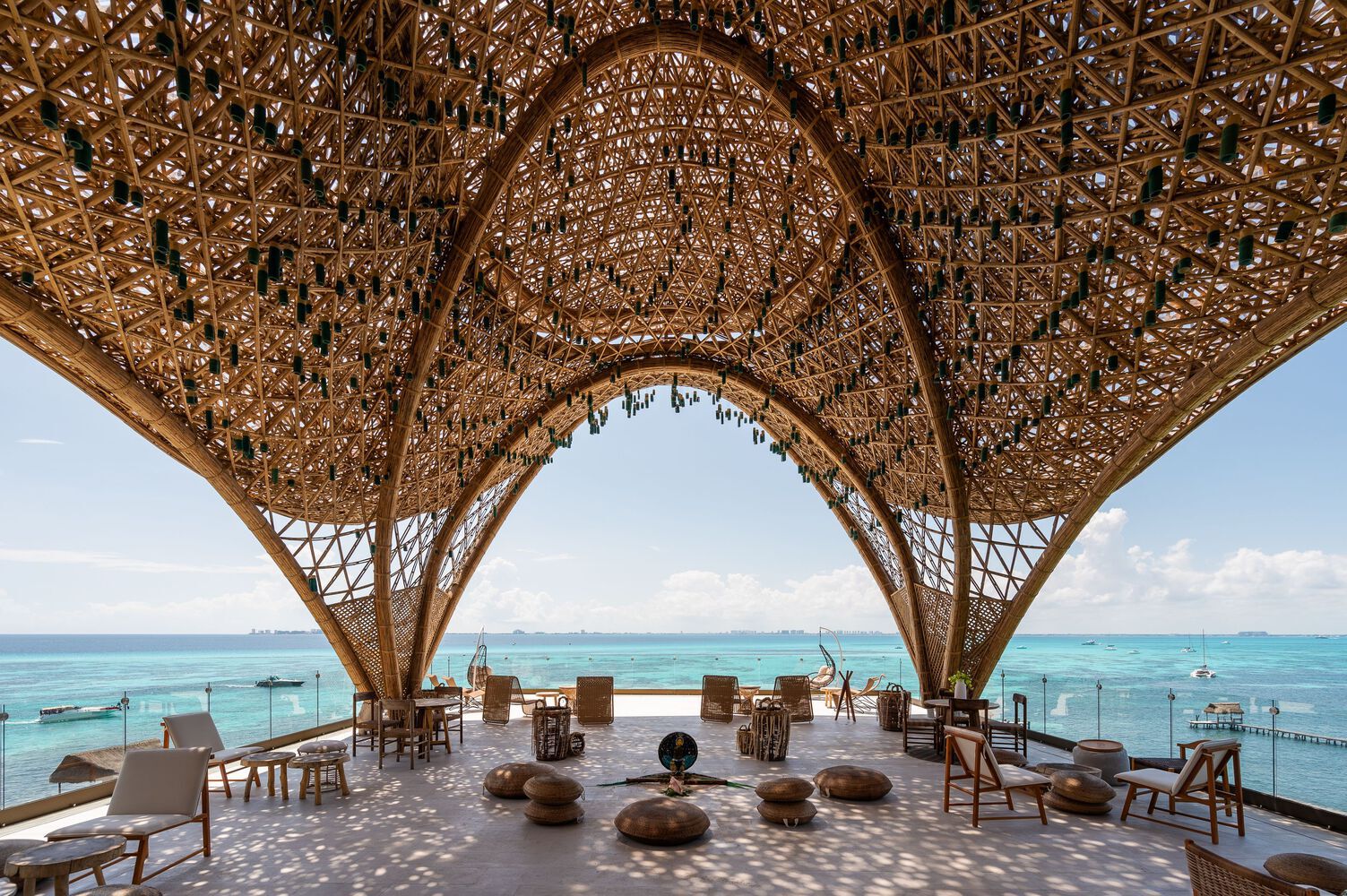Hotels in Mexico: Utilizing Natural Materials and Waste in Contemporary Construction
In the quest to promote a more sustainable construction where the use of natural materials contributes to the transmission of local traditions and cultures, an increasing number of architecture projects are exploring different resources and techniques to address environmental, economic, or social concerns. Understanding the benefits and qualities of materials such as color or texture influences the final experience of those who inhabit, walkthrough, or visit spaces. Therefore, understanding their technical, constructive, aesthetic, and functional properties should be part of the design process from the beginning.
How is it possible to reduce construction waste and build more with less? In what way does the use of natural materials allow for optimizing environmental performance and honoring local traditions at the same time? While natural materials may exhibit greater vulnerability to the environment, sometimes compromising their structural and aesthetic quality, it is important to understand that there are various possible alternatives to protect them from factors such as humidity, excessive solar radiation, and pests, among others.
 Picture: Pacha Mother / Adrian Hernandez
Picture: Pacha Mother / Adrian Hernandez
Comments :